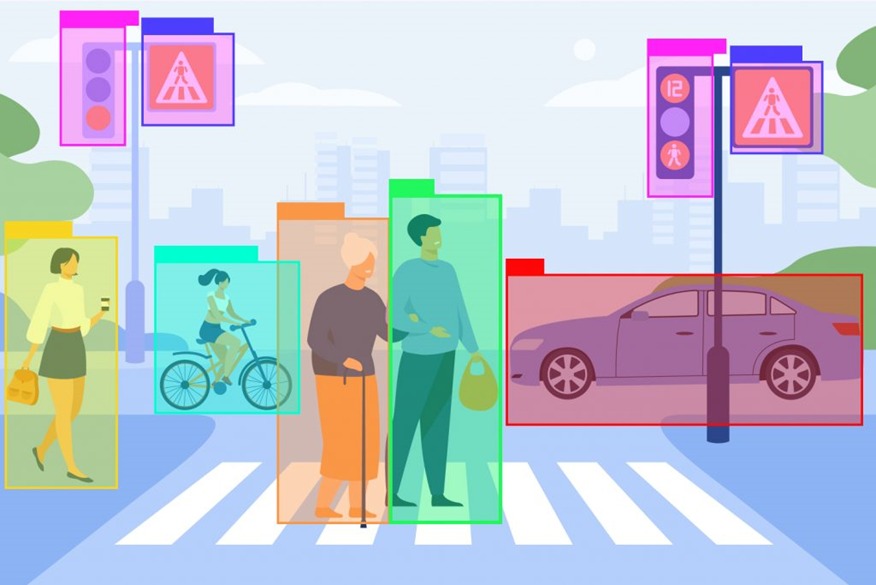All industries rely on the power and versatility of machine learning and artificial intelligence in order to obtain important insights from huge amounts of data. Image annotation is a vital method in computer vision. It aids in the interpretation of data from visual sources. This article focuses on the subject of image annotating and the importance of image annotation tools as well as software for making data-driven decision making.

Image annotation is the act of labeling or tagging images with metadata, which allows computers to interpret and comprehend visual information accurately. Image annotation, like adding bounding box keys, polygons, or bounding boxes to images, lets models use ML to recognize things, patterns, and attributes. This method connects raw image data and real-time data, making it possible to use the technology in a variety of areas such as autonomous vehicles, medical imaging, e-commerce, and surveillance systems.
A broad range of tools for image annotation has been designed to simplify the process. These tools provide intuitive interfaces that allow annotations to mark objects or areas that interest them in images without difficulty. These tools provide a variety of annotation options, as well as customizable features which can be customized to meet specific requirements for data. From basic drawing tools to advanced shape recognition and automated annotation suggestions Image annotation tools improve the speed and accuracy of annotation, enabling annotators to work quickly and with accuracy.
Through the integration of collaboration and automation tools the software for image annotation improves the process of annotation. These applications make use of ML algorithms for automation, reducing manual work and improving the speed of annotation. The software for annotation employs techniques such as transfer learning and Active Learning to speed up the labeling process while maintaining quality results.
The annotation software enables seamless collaboration among teams. It offers real-time annotation versioning and commenting capabilities that allows for smooth communication. This collaborative approach does not just improve the quality of annotations, it also facilitates knowledge sharing and ensures consistent annotations.
When choosing an image annotation tool, there are a few things to be considered. First, the solution must align with the specific needs of the project, which includes the type of annotation needed (e.g., bounding boxes keys, polygons, bounding boxes) along with the complexity of the task of labeling and the scalability of the solution.
Furthermore, flexibility and scalability are key. A reliable annotation software must allow the customization of annotation workflows and integration with existing data management systems as well as compatibility with different data formats. This allows the annotation solution will seamlessly integrate with existing workflows and pipelines and workflows, increasing overall efficiency.
The quality of the annotations generated by the solution is likewise something to be assessed. In order to ensure accuracy and consistency the most reliable image annotation software use quality control mechanisms. This can include annotator validation and feedback loops that run continuously between annotators.
Image annotation is a broad impact that extends beyond the annotation process. An image annotation tool, solution, and software can help organizations increase the value of their information in a variety of ways. First, accurate annotations enable for more accurate and reliable ML model training and development. These models can then be used in a variety of applications, including image recognition and object recognition.
Image annotation also facilitates data-driven decision-making by providing rich, relevant insight from visual data. For instance, in the field of healthcare, annotated medical images aid in diagnosing illnesses as well as identifying anomalies and planning treatment plans. Image annotations in e-commerce support feature for image search, product recommendation systems, and visual merchandisers.
The use of image annotation with data science has revolutionized the way we work by unlocking a valuable resource. It speeds up the analysis of data and uncovers hidden relationships. In real-time, insights are produced. With the help of image annotation, companies can improve their processes, get to market quicker, reduce costs, and gain a competitive advantage. Annotated images are easier to read and valuable for all the stakeholders within any company since they are able to visualize concepts better than abstract diagrams. Ultimately, when used correctly an image annotation can be a powerful tool for transforming data into actionable information and maximizing the value of data in all types of applications.